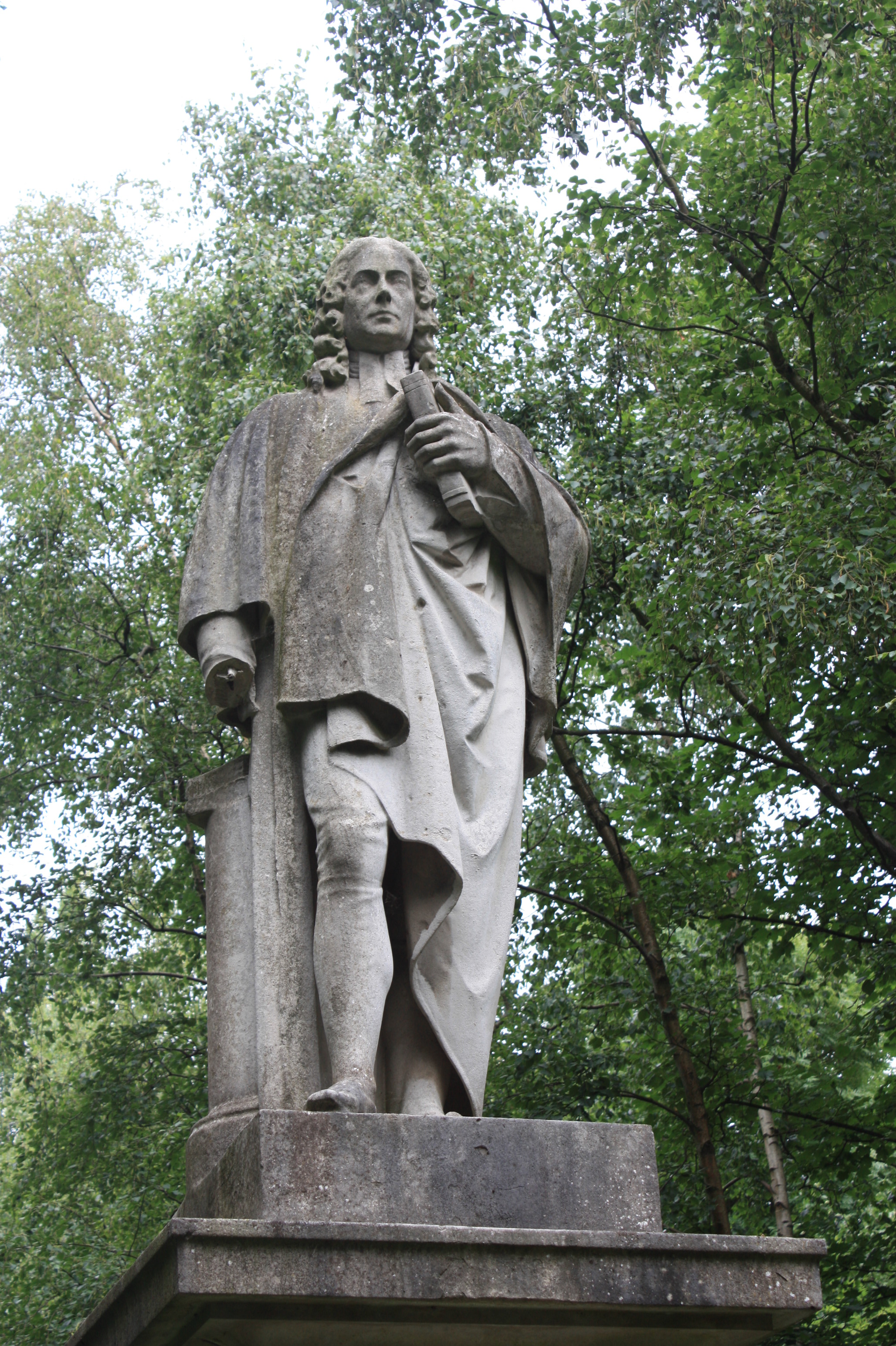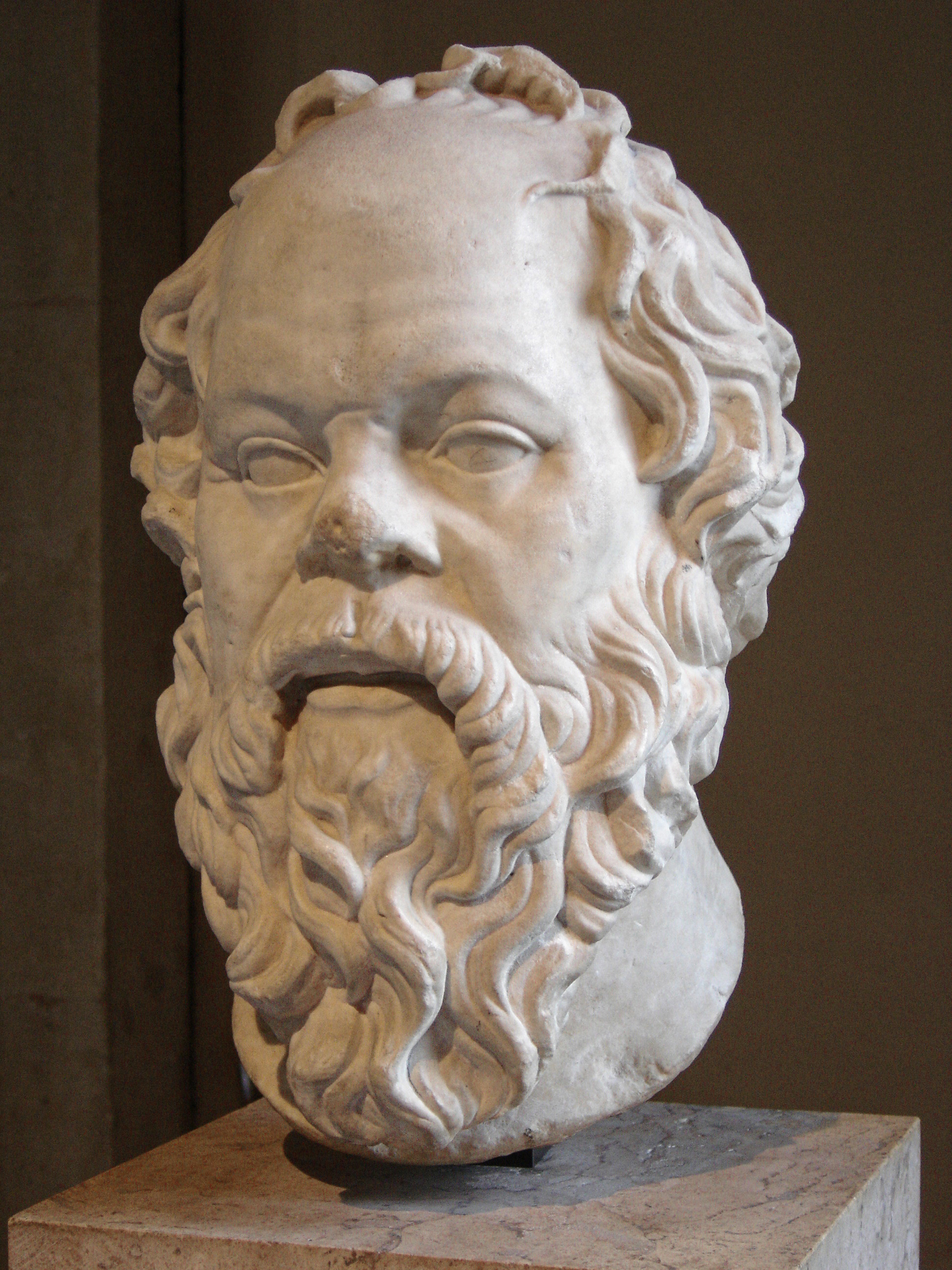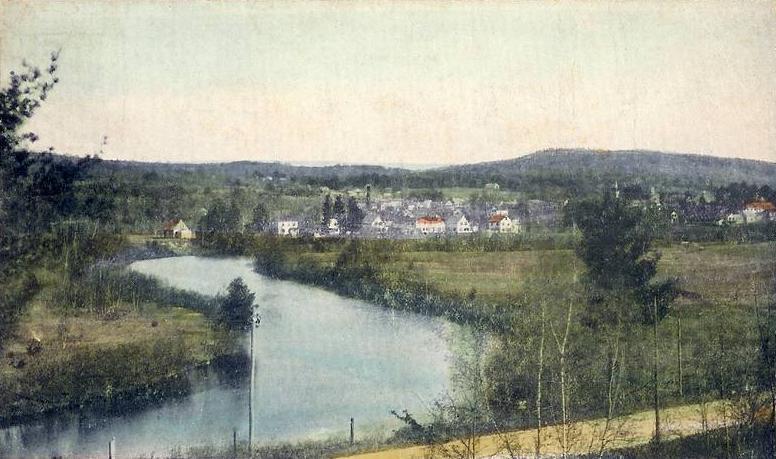|
Miss Catherine Fiske's Young Ladies Seminary
Miss Catherine Fiske's Young Ladies Seminary was a boarding and day school for young ladies, located in Keene, New Hampshire. Established in 1814, it achieved a national reputation. After the 1837 death of Catherine Fiske, the school's founder, the seminary continued to operate until the early 1840s. The property went through various changes but currently serves as the President's House at Keene State College. History Fiske's school was a boarding establishment where she had the oversight of the culinary concerns and arrangements. She taught her pupils the same useful employments of the household in which she herself took not only a deep but a scientific interest. It was the first of its kind in New Hampshire and the second school of its kind in the country, Bradford Academy (Massachusetts) being the first. Miss Fiske's Seminary antedated Robinson's Female Seminary at Exeter, New Hampshire, which was founded in 1859, by 55 years, and Mary Lyon's Mount Holyoke Female Seminary ... [...More Info...] [...Related Items...] OR: [Wikipedia] [Google] [Baidu] |
Keene State College
Keene State College is a public liberal arts college in Keene, New Hampshire. It is part of the University System of New Hampshire and the Council of Public Liberal Arts Colleges. Founded in 1909 as a teacher's college (originally, Keene Normal School; later, Keene Teachers College), Keene State College had 3,104 students enrolled for credit as of fall 2021. Academics Some of the largest academic programs at Keene State College are Education, Business Management/Management, Psychology, Safety & Occupational Health Applied Sciences, and Criminal Justice Studies, according to the declared majors reported in the Keene State College Factbook. Keene State College offers more than 40 areas of undergraduate study in the liberal arts, social sciences, sciences, and professional programs, as well as selected graduate degrees. Both the Master of Science in Safety & Occupational Health Applied Sciences and Master of Science in Public Health Nutrition are offered as fully online program ... [...More Info...] [...Related Items...] OR: [Wikipedia] [Google] [Baidu] |
Wildflower
A wildflower (or wild flower) is a flower that grows in the wild, meaning it was not intentionally seeded or planted. The term implies that the plant probably is neither a hybrid nor a selected cultivar that is in any way different from the way it appears in the wild as a native plant, even if it is growing where it would not naturally. The term can refer to the flowering plant as a whole, even when not in bloom, and not just the flower. "Wildflower" is not an exact term. More precise terms include ''native species'' (naturally occurring in the area, see flora), ''exotic'' or, better, ''introduced species'' (not naturally occurring in the area), of which some are labelled ''invasive species'' (that out-compete other plants – whether native or not), ''imported'' (introduced to an area whether deliberately or accidentally) and ''naturalized'' (introduced to an area, but now considered by the public as native). In the United Kingdom, the organization Plantlife International in ... [...More Info...] [...Related Items...] OR: [Wikipedia] [Google] [Baidu] |
1840s Disestablishments In The United States
__NOTOC__ Year 184 ( CLXXXIV) was a leap year starting on Wednesday (link will display the full calendar) of the Julian calendar. At the time, it was known as the Year of the Consulship of Eggius and Aelianus (or, less frequently, year 937 ''Ab urbe condita''). The denomination 184 for this year has been used since the early medieval period, when the Anno Domini calendar era became the prevalent method in Europe for naming years. Events By place China * The Yellow Turban Rebellion and Liang Province Rebellion break out in China. * The Disasters of the Partisan Prohibitions ends. * Zhang Jue leads the peasant revolt against Emperor Ling of Han of the Eastern Han Dynasty. Heading for the capital of Luoyang, his massive and undisciplined army (360,000 men), burns and destroys government offices and outposts. * June – Ling of Han places his brother-in-law, He Jin, in command of the imperial army and sends them to attack the Yellow Turban rebels. * Winter – Zhan ... [...More Info...] [...Related Items...] OR: [Wikipedia] [Google] [Baidu] |
Schools In Cheshire County, New Hampshire
A school is an educational institution designed to provide learning spaces and learning environments for the teaching of students under the direction of teachers. Most countries have systems of formal education, which is sometimes compulsory. In these systems, students progress through a series of schools. The names for these schools vary by country (discussed in the '' Regional terms'' section below) but generally include primary school for young children and secondary school for teenagers who have completed primary education. An institution where higher education is taught is commonly called a university college or university. In addition to these core schools, students in a given country may also attend schools before and after primary (elementary in the U.S.) and secondary (middle school in the U.S.) education. Kindergarten or preschool provide some schooling to very young children (typically ages 3–5). University, vocational school, college or seminary may be availabl ... [...More Info...] [...Related Items...] OR: [Wikipedia] [Google] [Baidu] |
Buildings And Structures In Keene, New Hampshire
A building, or edifice, is an enclosed structure with a roof and walls standing more or less permanently in one place, such as a house or factory (although there's also portable buildings). Buildings come in a variety of sizes, shapes, and functions, and have been adapted throughout history for a wide number of factors, from building materials available, to weather conditions, land prices, ground conditions, specific uses, prestige, and aesthetic reasons. To better understand the term ''building'' compare the list of nonbuilding structures. Buildings serve several societal needs – primarily as shelter from weather, security, living space, privacy, to store belongings, and to comfortably live and work. A building as a shelter represents a physical division of the human habitat (a place of comfort and safety) and the ''outside'' (a place that at times may be harsh and harmful). Ever since the first cave paintings, buildings have also become objects or canvasses of much artistic ... [...More Info...] [...Related Items...] OR: [Wikipedia] [Google] [Baidu] |
1814 Establishments In New Hampshire
Events January * January 1 – War of the Sixth Coalition – The Royal Prussian Army led by Gebhard Leberecht von Blücher crosses the Rhine. * January 3 ** War of the Sixth Coalition – Siege of Cattaro: French garrison surrenders to the British after ten days of bombardment. ** War of the Sixth Coalition – Siege of Metz: Allied armies lay siege to the French city and fortress of Metz. * January 5 – Mexican War of Independence – Battle of Puruarán: Spanish Royalists defeat Mexican Rebels. * January 11 – War of the Sixth Coalition – Battle of Hoogstraten: Prussian forces under Friedrich Wilhelm Freiherr von Bülow defeat the French. * January 14 ** Treaty of Kiel: Frederick VI of Denmark cedes the Kingdom of Norway into personal union with Sweden, in exchange for west Pomerania. This marks the end of the real union of Denmark-Norway. ** War of the Sixth Coalition – Siege of Antwerp: Allied forces besiege French A ... [...More Info...] [...Related Items...] OR: [Wikipedia] [Google] [Baidu] |
Isaac Watts
Isaac Watts (17 July 1674 – 25 November 1748) was an English Congregational minister, hymn writer, theologian, and logician. He was a prolific and popular hymn writer and is credited with some 750 hymns. His works include "When I Survey the Wondrous Cross", "Joy to the World", and "Our God, Our Help in Ages Past". He is recognized as the "Godfather of English Hymnody"; many of his hymns remain in use today and have been translated into numerous languages. Life Watts was born in Southampton, Hampshire, England, in 1674 and was brought up in the home of a committed religious nonconformist; his father, also Isaac Watts, had been incarcerated twice for his views. Watts had a classical education at King Edward VI School, Southampton, learning Latin, Greek, and Hebrew. Watts displayed a propensity for rhyme from an early age. He was once asked why he had his eyes open during prayers, to which he responded: He received corporal punishment for this, to which he cried: Watts co ... [...More Info...] [...Related Items...] OR: [Wikipedia] [Google] [Baidu] |
Levi Hedge
Levi Hedge (April 19, 1766 – January 3, 1844) was an American educator. Biography Levi Hedge was born in Hardwick, Massachusetts. He graduated from Harvard University in 1792. His independent stand against hazing while still a student was instrumental in ridding Harvard of the injustice associated with its "hat law". He was a Teacher at Westford Academy in Westford, MA from 1792 - 1794 (3) He was appointed a tutor at Harvard in 1795. In 1801, he married Mary Kneeland, with whom he had eight children, including Frederic Henry Hedge, who became a clergyman, transcendentalist, scholar of German literature, and also a Harvard professor. He was elected a Fellow of the American Academy of Arts and Sciences in 1805. In 1810, Hedge became professor of logic and metaphysics. He was elected a member of the American Antiquarian Society in 1816. He published ''Elements of Logick'' (Cambridge, 1816), which went through many editions, and was translated into German. In 1827 he moved to the ... [...More Info...] [...Related Items...] OR: [Wikipedia] [Google] [Baidu] |
Syllogism
A syllogism ( grc-gre, συλλογισμός, ''syllogismos'', 'conclusion, inference') is a kind of logical argument that applies deductive reasoning to arrive at a conclusion based on two propositions that are asserted or assumed to be true. In its earliest form (defined by Aristotle in his 350 BCE book '' Prior Analytics''), a syllogism arises when two true premises (propositions or statements) validly imply a conclusion, or the main point that the argument aims to get across. For example, knowing that all men are mortal (major premise) and that Socrates is a man (minor premise), we may validly conclude that Socrates is mortal. Syllogistic arguments are usually represented in a three-line form: All men are mortal. Socrates is a man. Therefore, Socrates is mortal.In antiquity, two rival syllogistic theories existed: Aristotelian syllogism and Stoic syllogism. From the Middle Ages onwards, ''categorical syllogism'' and ''syllogism'' were usually used interchangeably. This a ... [...More Info...] [...Related Items...] OR: [Wikipedia] [Google] [Baidu] |
Carl Linnaeus
Carl Linnaeus (; 23 May 1707 – 10 January 1778), also known after his ennoblement in 1761 as Carl von Linné Blunt (2004), p. 171. (), was a Swedish botanist, zoologist, taxonomist, and physician who formalised binomial nomenclature, the modern system of naming organisms. He is known as the "father of modern taxonomy". Many of his writings were in Latin; his name is rendered in Latin as and, after his 1761 ennoblement, as . Linnaeus was born in Råshult, the countryside of Småland, in southern Sweden. He received most of his higher education at Uppsala University and began giving lectures in botany there in 1730. He lived abroad between 1735 and 1738, where he studied and also published the first edition of his ' in the Netherlands. He then returned to Sweden where he became professor of medicine and botany at Uppsala. In the 1740s, he was sent on several journeys through Sweden to find and classify plants and animals. In the 1750s and 1760s, he continued to collect an ... [...More Info...] [...Related Items...] OR: [Wikipedia] [Google] [Baidu] |
Ashuelot River
The Ashuelot River is a tributary of the Connecticut River, approximately long, in southwestern New Hampshire in the United States. It drains a mountainous area of , including much of the area known as the Monadnock Region. It is the longest tributary of the Connecticut River within New Hampshire. Etymology ''Ashuelot'' is a Native American word meaning "collection of many waters". Course The Ashuelot River rises out of Butterfield Pond south of Sunapee Mountain in Pillsbury State Park, near Washington in southeastern Sullivan County. It flows southwest through Ashuelot Pond into Cheshire County, then south past Keene and Swanzey and along the east side of the Pisgah Mountains. At Winchester, approximately from the Massachusetts state line, it turns west, flowing past the village of Ashuelot and joining the Connecticut from the east at Hinsdale, in the extreme southwest corner of New Hampshire. The river is impounded to supply hydroelectricity at Marlow, Keene, Swan ... [...More Info...] [...Related Items...] OR: [Wikipedia] [Google] [Baidu] |








